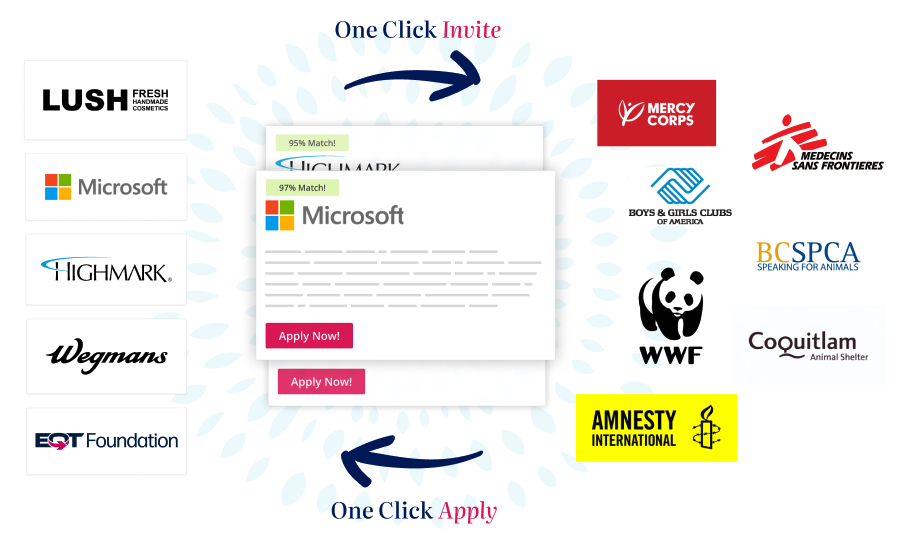Next Generation Granting
Benevity
Strategy to revolutionize corporate giving
Challenges
Granting is a core tenant of corporate philanthropy. While Benevity has always been industry leaders in employee driven giving and volunteering, the granting space has many other large players
The problem posed is, how do we stop going back and forth with competitors, and instead move the industry forward
Luckily, the granting world is one built on standards and traditions that are primed for disruption
Team
Design
Manager, Product Design (Me)
Senior Product Designer
Intermediate Product Designer
Product Management
Group Product Manager
Senior Product Manager
Intermediate Product Manager (x2)
Engineering
Engineering Director
Technical Program Manager
Staff Developer (x2)
When researching traditional, forms based granting application processes, we discovered 3 hot spots to focus our attention
30-60%
client’s budget spent maintaining forms and business processes
83%
questions on granting applications asking the same thing
100
hours nonprofits spend on
a single grant application
Deep dive on Granting
We started by taking everything we could learn about granting, granting programs, applications and budgets
One of the most helpful design exercises I conducted was an Object Oriented UX (OOUX) session to get into the details of how granting worked at a systems level
Deep dive on Nonprofits
Likewise, I ran another OOUX session to dig into how nonprofits work at a systems level
Having both of these artifacts at our disposal was instrumental in figuring out how each party interacted with each other and we could connect them like gears in a machine
Key Findings
By understanding the relationship between granting programs and nonprofits, we were able to identify 3 actionable themes
1.
Remove redundancy in the application process by standardizing data collection
2.
Centralize the application process and focus on outcomes
3.
Evolve the granting experience from a transactional model to a relationship manager
Standardize Nonprofit Data Collection
First we need to build robust nonprofit profiles
Profiles allow nonprofit partners to provide richer data, in a standardized format
Then, rather than spending 100 hours filling out forms and answering the same questions nonprofits can submit their profile
This provides grant providers with information they can trust and make decisions on
Centralize the Application Process
Develop and application portal so nonprofits don’t have to dig through websites and hunt down applications they think they may qualify for based off of vague descriptions
Because of the standardized data collection of the previous step, we can surface granting applications we are confident the nonprofit would qualify for and expose them to more funding opportunities
Focus on Relationships Over Transactions
Ultimately, neither side likes hundreds of questions on dozens of forms
Forms are a pain to fill out, hard to evaluate and cumbersome to maintain
Grant providers have the resource and want to spend them to enact real change in the world
Nonprofits have the expertise and ability to make change but need the resources to accomplish their goal
Focusing on the relationship and allowing collaboration in real time frees up resources on both ends and puts them towards doing good in the world
Big Hairy Audacious Goal
We believe that if we are able to deliver on all 3 of these themes, we can take a 100 hour process and reduce it to a one click application process
Validated by Clients and Nonprofits
We validated this plan by speaking to stakeholders both in the corporate and nonprofit world throughout the process
““The intention is right to create efficiency and save time for both the grantmaker AND grantseeker””





